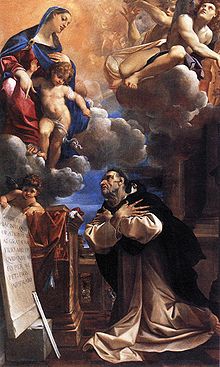Grażyna Jurkowlaniec, Institute of Art History, University of Warsaw
The alabaster figure of Mary and Child, originally venerated in Lviv, is traditionally linked with a motif from the legend of St Hyacinth. During the Tartar capture of Kiev, when he was about to flee with a monstrance in his hand, he heard a voice of the Virgin, coming from the alabaster figure, who urged him to rescue her too and ensured Hyacinth that Christ would ease his burden. The paper will examine the written and visual sources of the discussed motif and its immediate reception in St Hyacinth’s lives and iconography. Among the reasons behind the motif’s popularity was the position of the Polish-Lithuanian Commonwealth as a ‘bulwark of Christendom’ and, more specifically, the situation of Kiev, recently incorporated to the Kingdom of Poland. A separate set of questions refers to the material qualities of the figure, carved from alabaster. Finally, the Lviv statue is not the only one believed to have been the ‘St Hyacinth’ Madonna’, which prompts an inquiry on material objects in early modern hagiography: sometimes regarded as a piece of evidence, corroborating the veracity of the legend, sometimes the other way round – a trigger, and perhaps even a foundation of the legend.
Grażyna Jurkowlaniec is Professor at the Institute of Art History, University of Warsaw (M.A. 1995, Ph.D. 2000, habilitation 2009). She specializes in art and artistic patronage between the thirteenth and sixteenth century in Europe. She was a guest scholar at the Wissenschaftskolleg in Berlin and at Geisteswissenschaftliches Zentrum Geschichte und Kultur Ostmitteleuropas (GWZO) an der Universität Leipzig (2007) and in 2010 she was granted a Humboldt Research Fellowship for Experienced Researchers.
